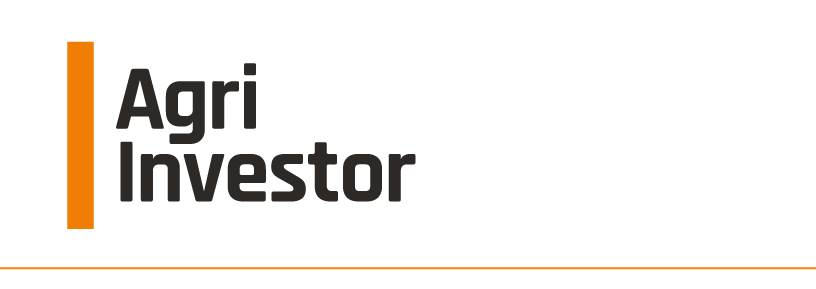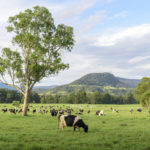
The NCREIF Australian Farmland Index, which is heavily weighted to permanent cropping, shows total returns held up fairly well despite drought across much of eastern and northern Australia.
Refinitiv director of agricultural research Daniel Redo says congestion on China's ports is finally starting to ease but covid-19 has compounded global soybean exports woes.
Rabobank’s Global Dairy Quarterly finds upwards price growth in late 2019 stalled early this year, with the uncertainty over covid-19 leading to investors scrambling to assess the impact.
Assistant professor Sandro Steinbach says China’s use of new supply chains is likely to hurt the state’s exports more significantly in the long term.
Despite a small drop in overall venture capital investment into agriculture and food technology startups, market segments such as alternative protein and regions such as Europe and LatAm registered strong fundraising performance.
Interest from institutional investors and private equity remains strong in Australian agriculture despite difficult conditions because of a belief in the asset class’ ‘long-term thesis’.
The annualized return to the end of September 2019 was 14.37% but continuing drought means that income returns are especially likely to fall further in upcoming quarters.
NAB and Dairy Australia said continuing high input costs, exacerbated by drought, have led to a decline in production, with further falls expected this year.
Digital Agriculture Services found a strong correlation between drought-affected and fire-hit land, with 86% of fire-hit land suffering at least a 1-in-10-year rainfall deficit.
Farm income returns dropped to their lowest level in four years as dry conditions persist in eastern and northern Australia, but annualized returns remain steady year-on-year.
















